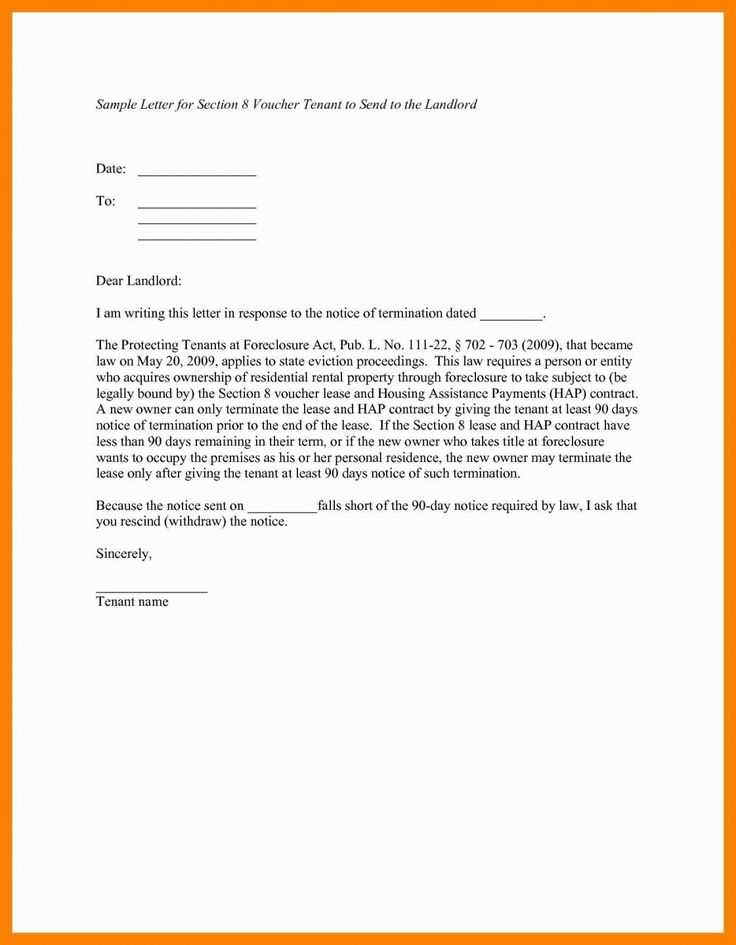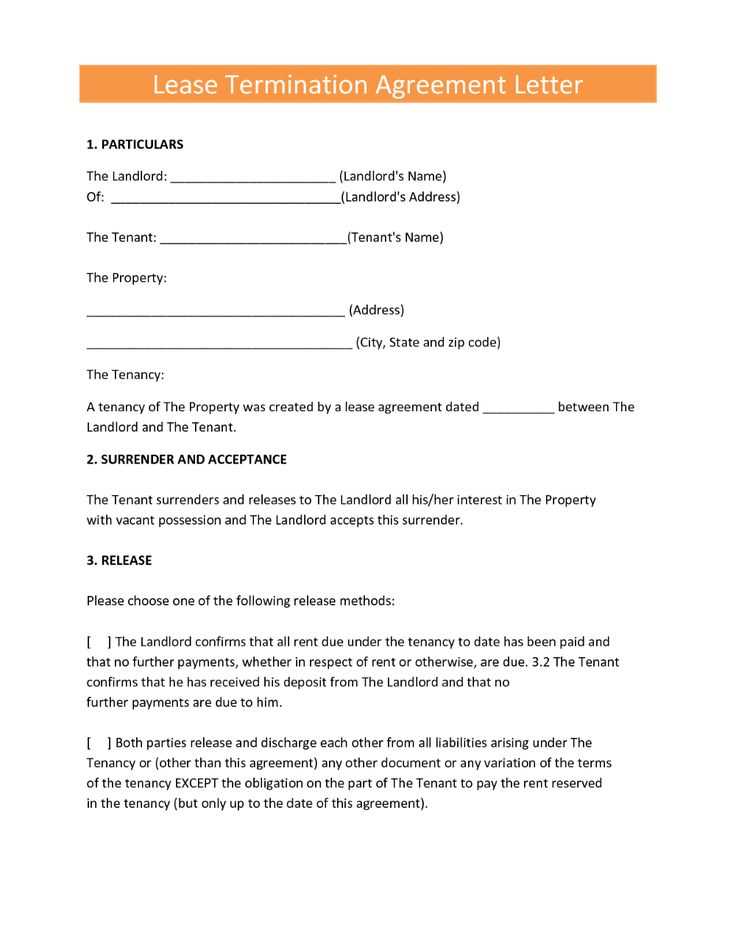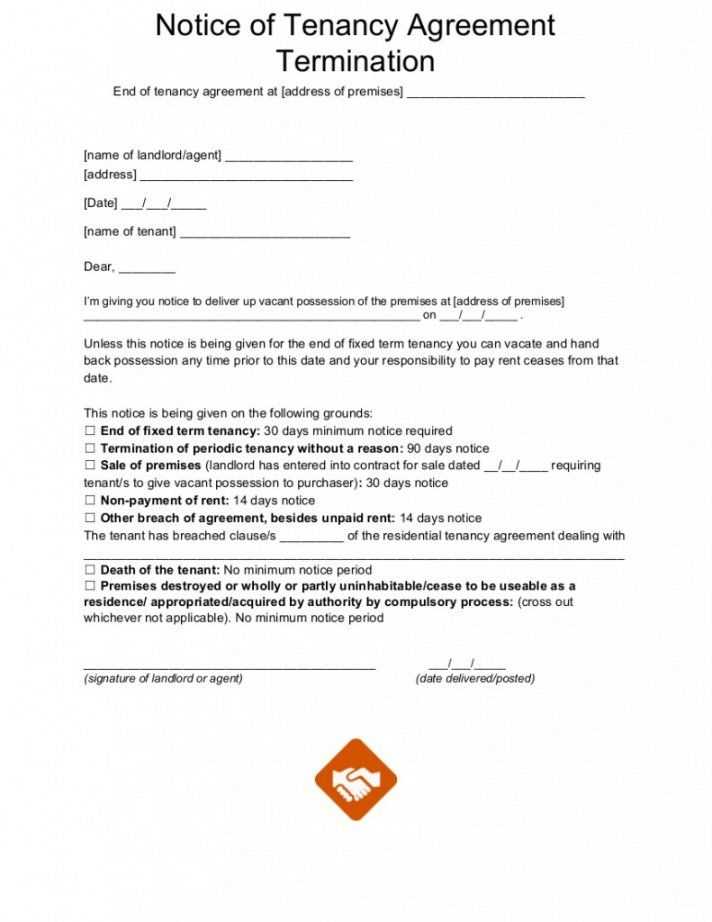Tenancy Offer Letter Template for Landlords and Tenants

Creating a clear and professional document to communicate the terms of a rental arrangement is crucial for both landlords and potential tenants. This written communication sets the foundation for a successful relationship, ensuring both parties understand their rights and obligations from the start.
By including all the necessary information and details, a well-constructed agreement proposal can help prevent misunderstandings. Whether you’re a property owner or someone looking to lease, understanding how to write this type of document effectively is essential.
Properly outlining the expectations and conditions in a concise manner will foster trust and streamline the process, making the transition smoother for everyone involved. This guide will provide a comprehensive approach to crafting such a proposal, ensuring you cover all the essential aspects needed to avoid complications in the future.
Understanding the Rental Agreement Proposal
When entering into a rental arrangement, it is important to establish clear communication between both parties. A written document outlining the terms and conditions sets expectations and ensures that everyone is on the same page. This proposal serves as the starting point for a formal agreement, establishing the rights and responsibilities of both the landlord and the prospective tenant.
Creating a well-structured proposal helps avoid future disputes by providing clarity on key aspects. Here are some important details typically included:
- Property details: Address, type of property, and any relevant descriptions.
- Duration: Lease length, start date, and renewal terms.
- Financial terms: Rent amount, payment schedule, and security deposit details.
- Responsibilities: Maintenance, utilities, and other obligations for both parties.
Having this document helps both sides feel confident in the arrangement, knowing that the terms are clearly defined. It also provides a reference point in case any issues arise during the rental period.
Essential Details to Include in Your Document

When drafting a document to formalize a rental arrangement, including key elements is crucial to ensure clarity and avoid misunderstandings. Providing all necessary information upfront will help both parties understand their rights and responsibilities from the start. Here are the essential components that should be included in such a document:
Property and Rental Terms
First and foremost, the details about the property being rented must be clearly outlined. This includes the address, type of property, and a brief description of the living space. Additionally, the rental terms should specify the duration of the agreement, the monthly rent amount, and the due dates for payment. It is also essential to mention any security deposit required, along with the conditions for its return.
Responsibilities and Expectations
Both parties’ responsibilities should be clearly defined to avoid potential conflicts. This includes outlining maintenance duties, utility payments, and any other obligations of either the landlord or tenant. It’s important to specify who is responsible for repairs and how they should be handled. Setting clear expectations from the beginning creates a transparent and smooth rental experience.
Steps to Write an Effective Proposal

Creating a well-structured and clear document is essential for successfully establishing rental terms between a property owner and a potential tenant. By following a few simple steps, you can ensure that all important aspects are covered and presented professionally. Here’s how to write a proposal that will be both effective and comprehensive:
1. Start with a clear introduction: Begin by identifying both parties involved–landlord and tenant. Specify the property in question and provide a brief overview of the rental terms.
2. Outline the key terms: Clearly state the rental amount, payment frequency, and due dates. Be specific about the lease length, including start and end dates, and note any conditions for renewal or termination.
3. Detail responsibilities and obligations: Highlight who is responsible for maintenance, repairs, and paying utilities. This ensures that both parties are aware of their duties and helps prevent potential disputes.
4. Address additional conditions: Include any other relevant clauses such as pet policies, restrictions, or special requirements that may apply to the rental arrangement.
5. Be professional and concise: Keep the tone formal and straightforward, avoiding unnecessary complexity. A well-organized proposal is easier to read and understand, ensuring a smooth process for both parties.
Legal Considerations When Sending a Proposal
When presenting a rental agreement proposal, it is important to ensure that the document complies with legal requirements to protect both parties. A proposal that lacks the necessary legal provisions may lead to disputes or even void agreements. Understanding the key legal considerations is essential for both landlords and tenants to avoid potential complications.
First, it is crucial to ensure that the terms outlined in the document comply with local rental laws. This includes setting fair rental prices, ensuring the security deposit does not exceed legal limits, and addressing tenant rights related to eviction or property maintenance. In some jurisdictions, certain clauses may be required by law to ensure the document is legally binding.
Additionally, both parties must clearly understand their rights and obligations before the agreement is signed. Providing sufficient notice periods for terminating the agreement, as well as including dispute resolution mechanisms, can help prevent legal issues down the line. It’s also wise to consult a legal professional to ensure the proposal complies with all applicable laws and regulations.
Avoiding Common Errors in Rental Documents
Creating a clear and accurate document is crucial when establishing a rental arrangement. Even small mistakes can lead to misunderstandings or legal complications. It’s important to avoid common pitfalls that can cause confusion between the landlord and tenant. Below are some of the most frequent errors to watch out for when drafting this type of document.
Incorrect Property Details
One of the most common errors is failing to provide accurate property information. Incorrect address or descriptions can lead to confusion or even disputes. Ensure that the property details are up to date and clearly described to prevent issues later on.
Unclear Terms and Conditions
Another frequent mistake is vague or unclear rental terms. This can include payment amounts, due dates, or renewal clauses. Ambiguities can lead to misunderstandings about each party’s expectations and responsibilities.
| Error | Consequence | How to Avoid |
|---|---|---|
| Incorrect Property Information | Confusion, legal disputes | Double-check the address and property details |
| Vague Terms | Misunderstandings, disputes | Clearly state payment terms, renewal options |
| Lack of Legal Clauses | Potential legal challenges | Include necessary legal protections |
Ensuring that these errors are avoided will help create a smoother, more transparent rental process for both parties involved.
The Importance of Using Templates for Proposals
Using pre-designed documents for rental arrangements can save time and ensure consistency. Templates help streamline the process by providing a structured framework that covers all essential details. This approach is especially valuable for both landlords and tenants, as it minimizes the risk of missing important information and simplifies the drafting process.
Efficiency and Time-Saving

By using a pre-structured document, you avoid starting from scratch each time. This reduces the amount of time spent writing and reviewing the agreement, allowing both parties to focus on other important aspects of the rental arrangement. With all the necessary sections included, it becomes easier to fill in specific details.
Ensuring Accuracy and Consistency
Templates provide a consistent format that helps prevent important terms from being overlooked or omitted. These documents are often designed to follow legal guidelines, ensuring that the final proposal is both accurate and legally sound. This can significantly reduce the chances of future disputes or misunderstandings.
Using a pre-made framework not only promotes consistency but also ensures that all necessary elements are included, offering peace of mind to both parties involved.